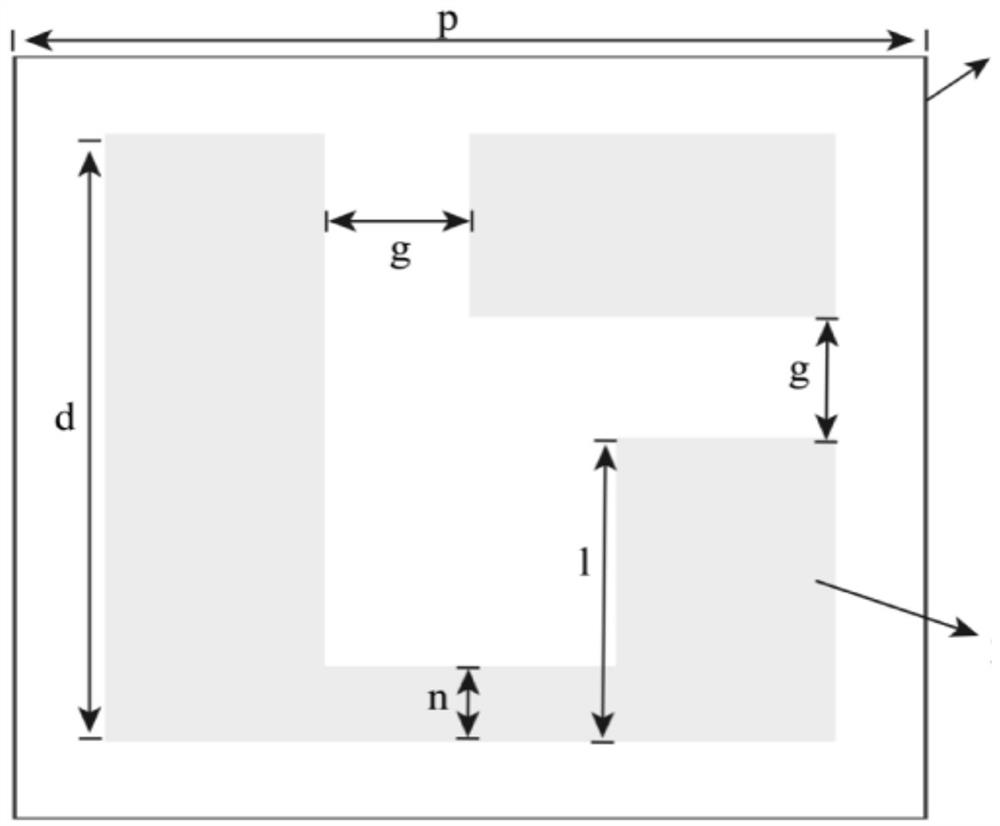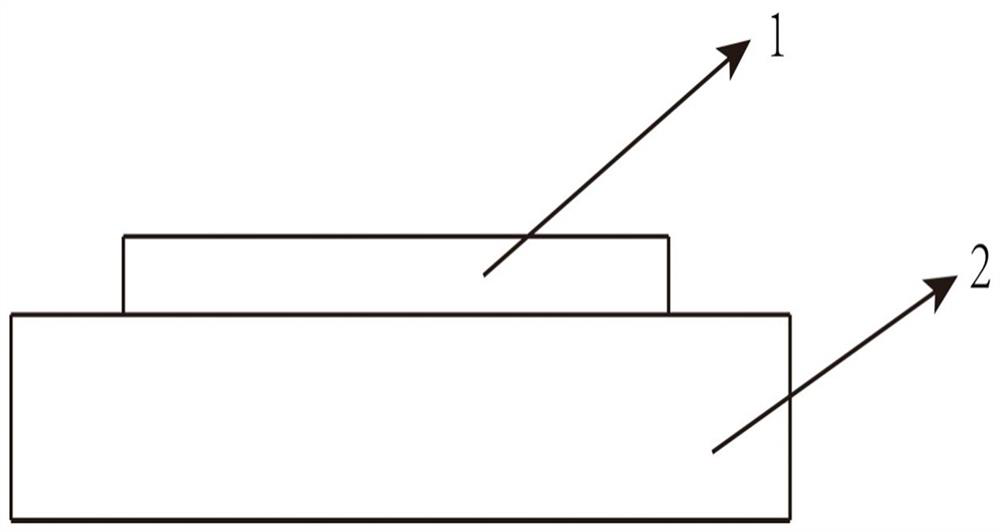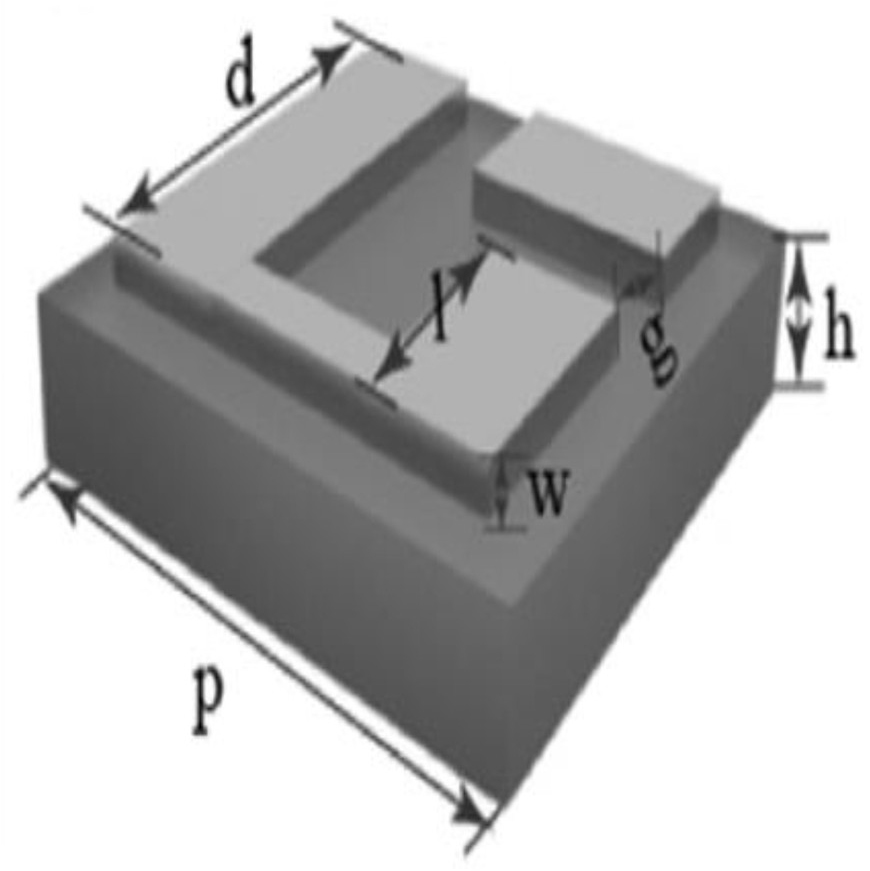Multi-frequency point resonance biosensor, its preparation method and use thereof in cell concentration detection
一种生物传感器、多频点的技术,应用在太赫兹技术与生物技术交叉领域,能够解决污染、成本高、检测成本高等问题
- Summary
- Abstract
- Description
- Claims
- Application Information
AI Technical Summary
Problems solved by technology
Method used
Image
Examples
preparation example Construction
[0051] The present invention also provides a preparation method of the multi-frequency point resonance biosensor described in the above technical solution, comprising the following steps:
[0052] (1) Spin-coat a polyimide film on a silicon wafer to obtain a dielectric layer.
[0053] (2) Spin-coat the reverse photoresist on the dielectric layer.
[0054] (3) UV exposure and development.
[0055] (4) Evaporate the metal layer.
[0056] (5) Soaking in acetone solution, peeling off the reverse photoresist and the evaporated metal on the reverse photoresist, and cleaning with isopropanol and deionized water.
[0057] (6) Peel off the silicon substrate.
[0058] In the invention, a polyimide film is spin-coated on a silicon chip to obtain a dielectric layer. The present invention has no special limitation on the spin coating method, and the spin coating technique well known to those skilled in the art can be used for operation.
[0059] After the dielectric layer is obtained,...
Embodiment 1
[0077] Lung cancer cell concentration test
[0078] 1) A549 lung cancer cells were inoculated on the biosensor of the present invention, that is, on the metal layer of the novel terahertz non-bianisotropic high-order mode Fano resonance multi-frequency point resonance metamaterial.
[0079] 2) Use a terahertz time-domain spectrometer to test the shift of the resonance frequency of the transmission spectrum of the samples cultured with different concentrations of A549 relative to the resonance frequency in the case of no cultured A549 lung cancer (the specific operation is: first use the terahertz time-domain Spectral testing of metamaterial curves without cultured cells ( Figure 7 and Figure 8Mainly to characterize the designed metamaterial biosensor cell-free terahertz time-domain spectral curve, when the electric field of the terahertz wave is incident in the x direction, four dipoles, eight dipoles, and sixteen dipoles appear resonance. When the electric field of the t...
PUM
 Login to View More
Login to View More Abstract
Description
Claims
Application Information
 Login to View More
Login to View More - R&D
- Intellectual Property
- Life Sciences
- Materials
- Tech Scout
- Unparalleled Data Quality
- Higher Quality Content
- 60% Fewer Hallucinations
Browse by: Latest US Patents, China's latest patents, Technical Efficacy Thesaurus, Application Domain, Technology Topic, Popular Technical Reports.
© 2025 PatSnap. All rights reserved.Legal|Privacy policy|Modern Slavery Act Transparency Statement|Sitemap|About US| Contact US: help@patsnap.com



